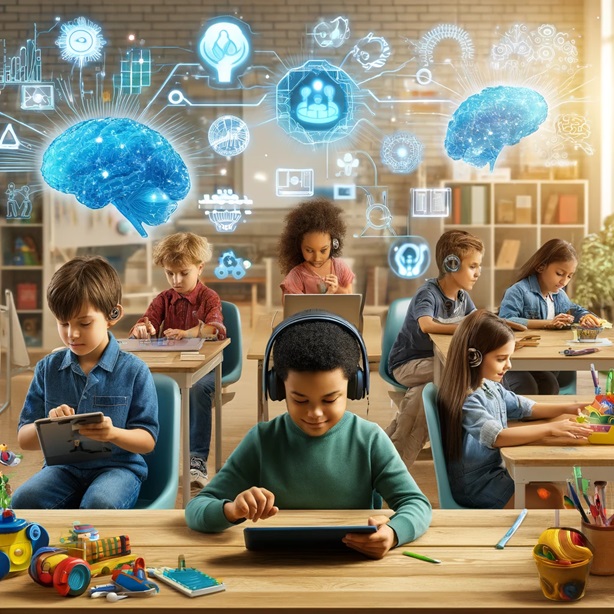The Power of Neuroplasticity
Neuroplasticity refers to the brain's ability to change and adapt as a result of experience. This dynamic capacity is at the heart of modern approaches to overcoming learning disabilities, offering innovative ways to enhance cognitive function and compensate for challenges in learning. It underlines the potential for continuous cognitive and neurological development, regardless of age or challenges.
Understanding Learning Disabilities
Learning disabilities are neurological disorders that can affect various cognitive processes, including reading (dyslexia), mathematics (dyscalculia), and writing (dysgraphia). These disabilities do not reflect an individual's intelligence level but rather differences in brain function that affect learning. They are often characterized by discrepancies between a person's potential and actual performance in academic areas.
Strategies to Harness Neuroplasticity
Recent research has shown that targeted cognitive training programs can enhance brain plasticity and improve areas of weakness in individuals with learning disabilities. Strategies include:
- Individualized Learning Plans: Tailored educational approaches that adapt to the unique needs of each learner, focusing on their specific challenges and strengths.
- Interactive and Multi-sensory Techniques: Using tools that stimulate learning through various senses, such as visual aids, tactile exercises, and auditory feedback, to enhance memory and understanding.
- Technology-aided Learning: Leveraging software and applications designed to support skill development and adaptive learning techniques. These tools often include adaptive algorithms that adjust difficulty levels and learning styles based on the user’s interactions.
Case Studies and Success Stories
There are numerous inspiring stories of individuals who have successfully overcome learning barriers through neuroplasticity-based interventions. For example, case studies of students who have utilized specialized reading programs that emphasize phonemic awareness have shown remarkable improvements in reading fluency and comprehension.
Integrating New Learning Methods
Schools and educational institutions are increasingly recognizing the importance of incorporating neuroplasticity principles into their curriculums. This recognition has led to more personalized and effective education strategies, particularly for students with learning disabilities, facilitating better academic performance and increased self-confidence.
Future Directions in Research and Application
The field of neuroplasticity is continually evolving, with ongoing research aimed at discovering more sophisticated ways to apply this knowledge in educational settings. Future advancements are expected to provide even greater opportunities for individuals with learning disabilities, potentially revolutionizing therapeutic and educational approaches to neurodevelopmental disorders.
Conclusion
The understanding of neuroplasticity has revolutionized the approach to learning disabilities, offering hope and practical solutions for those affected. With the ongoing research and application of new strategies, the future looks promising for enhancing the learning capabilities of individuals with these challenges, ultimately leading to more inclusive and effective educational systems.
